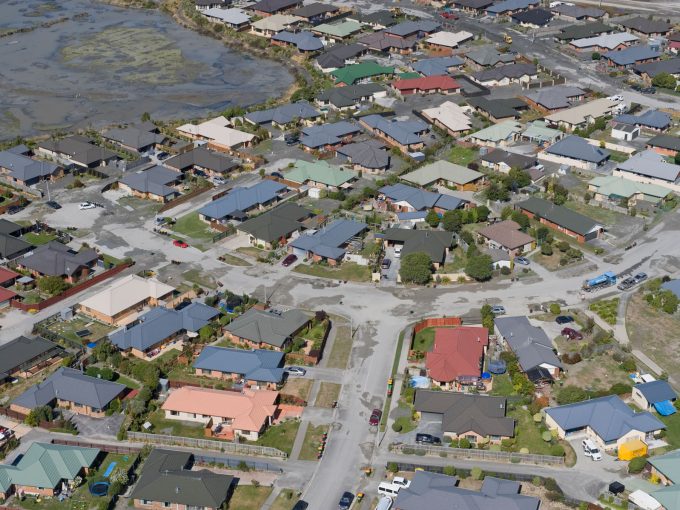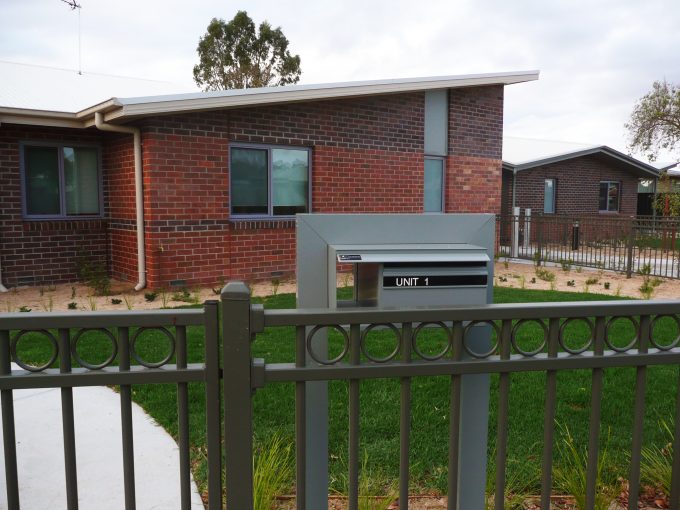Better understanding of diverse and multicultural aspirations towards housing and neighbourhood is vital to foster a cultural recognition that responds to various domestic social needs.
With a majority of new housing being developed on the urban fringe of Melbourne – these areas are attracting recently arrived migrants to settle there. In these growing outer suburbs a significant proportion of the population has a culturally diverse background. Aiming at better understanding the aspirations of these residents towards their dwelling the research focuses on their experience of adapting to perceived ‘Australian’ forms of neighbourhood.
Speaking at the Australasian Housing Researchers Conference 2017, Christian’s presentation draws on an empirical study looking at home owners from an Indian and Filipino origin having moved to the City of Wyndham recently. The analysis of the findings shows the structure of houses is intertwined with the possibilities for interacting with neighbours, which shapes the experience of migrants settling-in. He will argue that a better apprehension of diverse aspirations towards houses and neighbourhood is needed to foster a cultural recognition that responds to various domestic social needs.
What are the current challenges facing the emerging housing mix in Australia?
Despite urban policies emphasising the need for urban consolidation a significant amount of new residential development remains to be constructed on the urban fringe of metropolitan Melbourne in the form of detached houses. These areas are attracting a culturally diverse population with a substantial proportion of the residents having recently migrated to Australia. With Masterplanned Estates becoming a prevailing form of developing new residential land specific ideas of place-making and community-building are being promoted. However, the aspirations from residents with a culturally diverse background may differ towards their local social involvement and their dwelling. The challenge of creating a cohesive social environment is more than a top‐down policy declaration of a multicultural society, but is locally played out, which includes the daily domestic and neighbourhood experience for migrants.
How is your research addressing those challenges?
The research aims at creating a better understanding of the aspirations of residents from culturally diverse backgrounds towards their dwelling and on their experience of adapting to perceived ‘Australian’ forms of neighbourhood. By interviewing home owners from an Indian and Filipino origin and observing social activities in residential estates located in the City of Wyndham the research addresses their selection of purchasing a house there and the effects of community-building.
What are the key points of this research you’d like to draw attention to?
A distinctive feature of the study is that the aspiration participants aspire to purchase an own house to be able to accommodate multi-generational households and other relatives settling in Australia. For them a larger house has only been affordable in the outer suburbs. Also the analysis of the findings shows the structure of houses is intertwined with the possibilities for interacting with neighbours, which shapes the experience of migrants settling-in. With social interaction being mainly enabled in the private setting of the house encounters between neighbours are constrained. The local community is therefore more experienced in formalised social groups or facilities rather than as a spontaneous interaction. The research argues that a better apprehension of diverse aspirations towards houses and neighbourhood is needed to foster a cultural recognition that responds to various domestic social needs.
Who/what will the research impact on?
The structure of houses being developed in outer suburban estates and their conception of community have an effect for residents coming from a different cultural background by enabling or constraining certain social practices. In this sense more unpacking and more rigorous assessments of the techniques of masterplanning are needed. Therefore, the research aim at informing land developers as well as local council on recognising differences and enabling multiple non‐constraining forms of community to develop is crucial as ultimately it are the residents from all kinds of social and cultural backgrounds, which shape and experience their place of residency.





